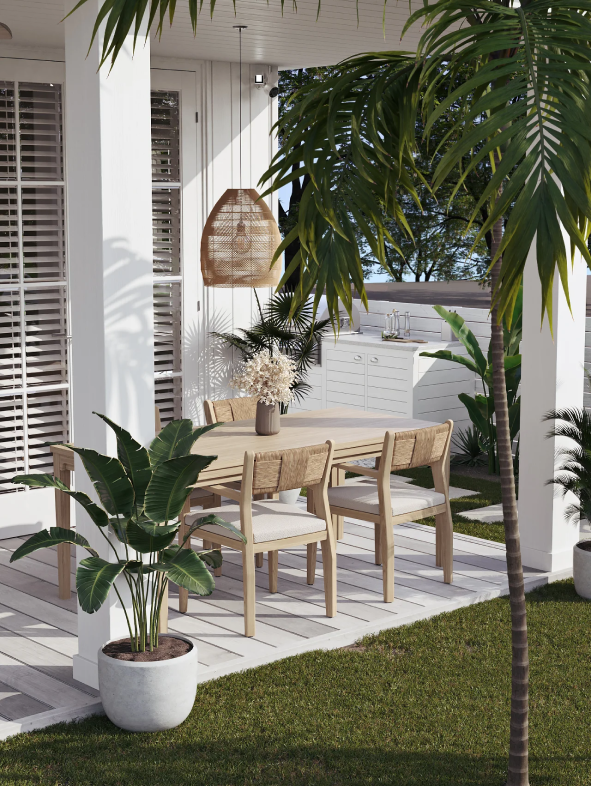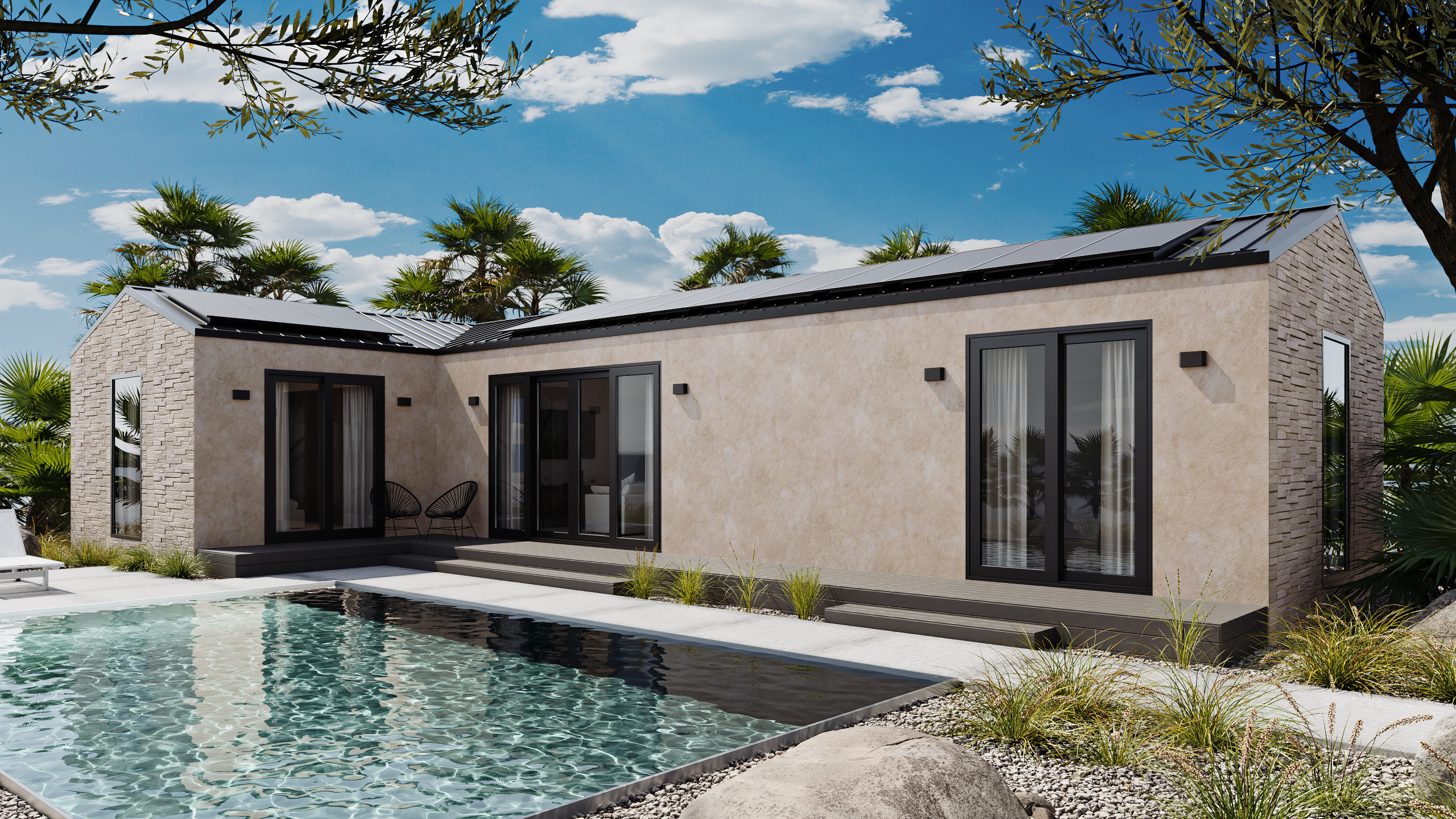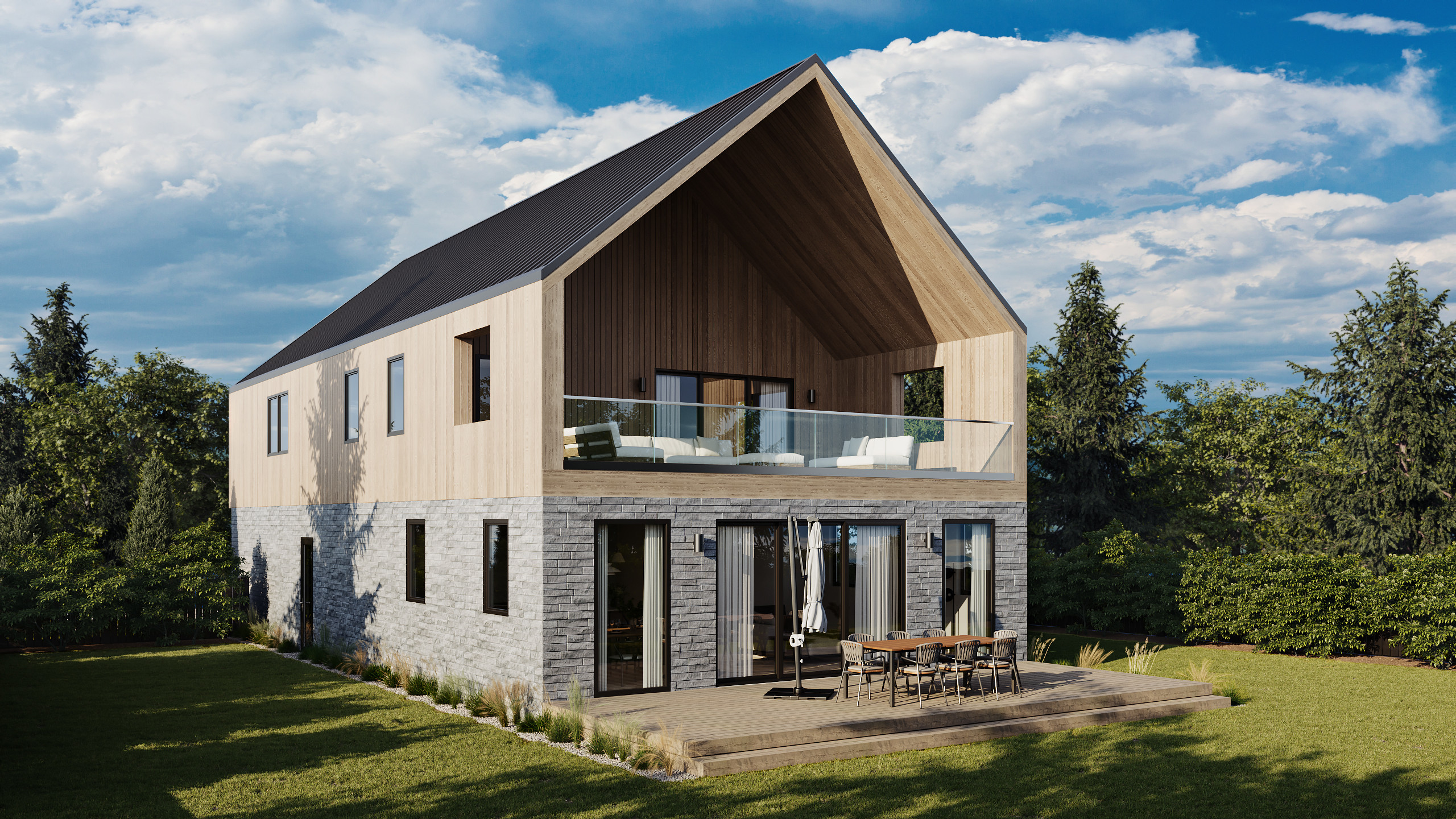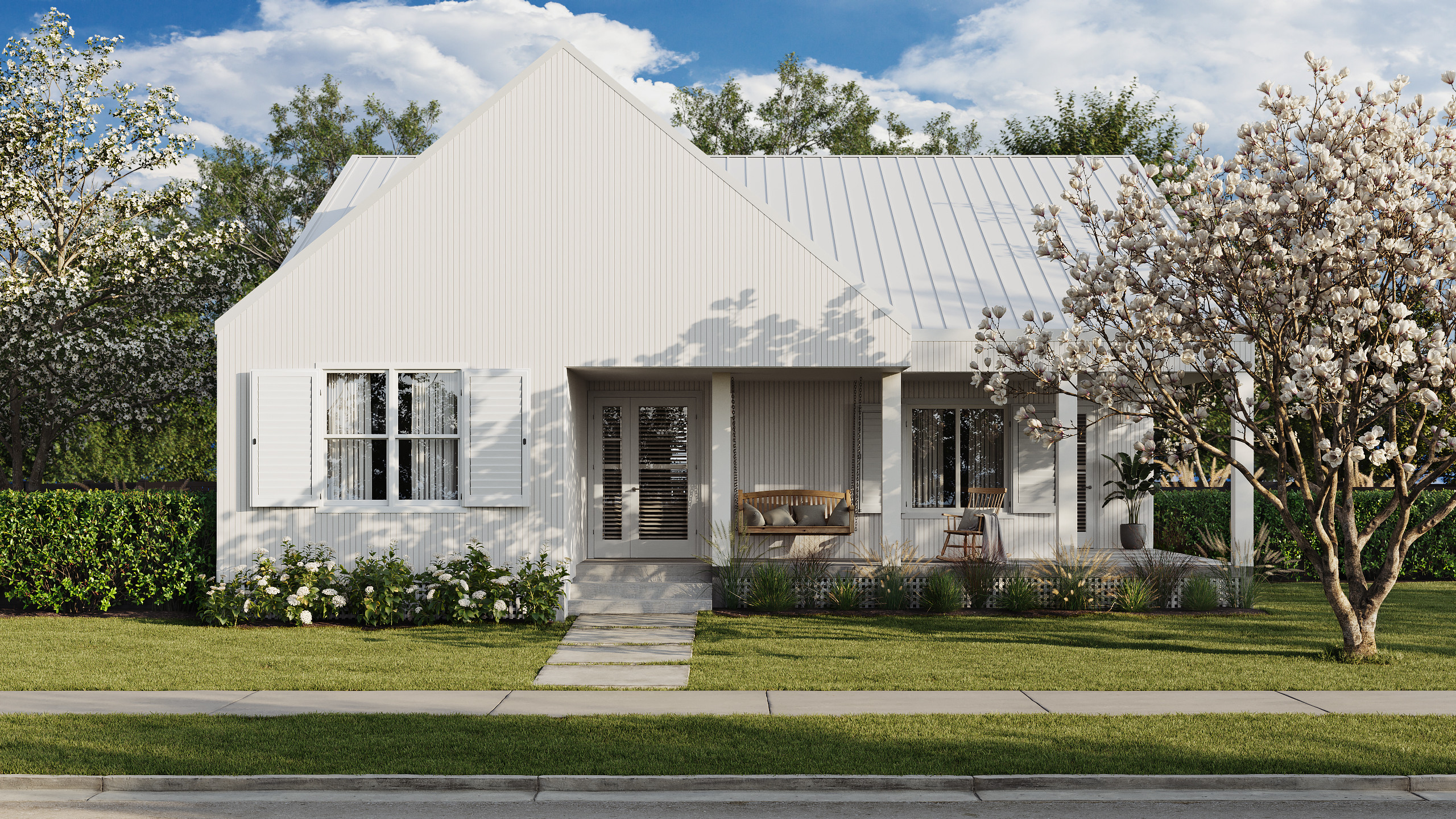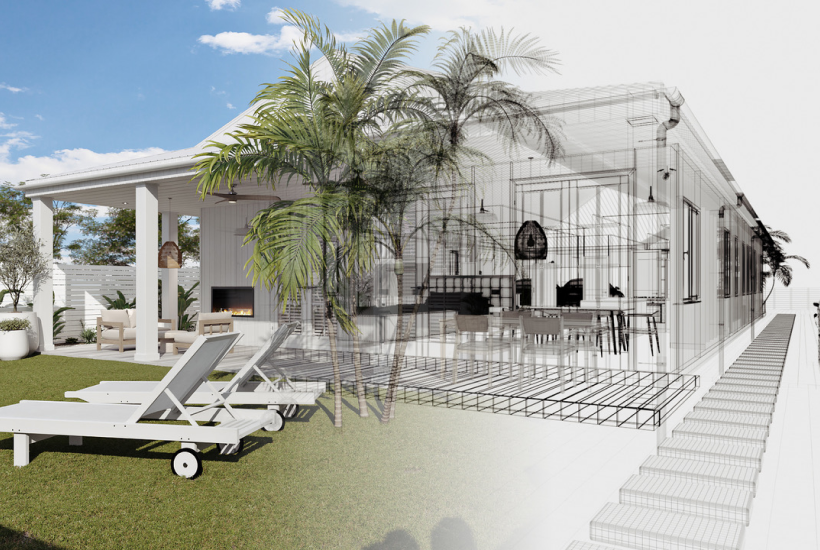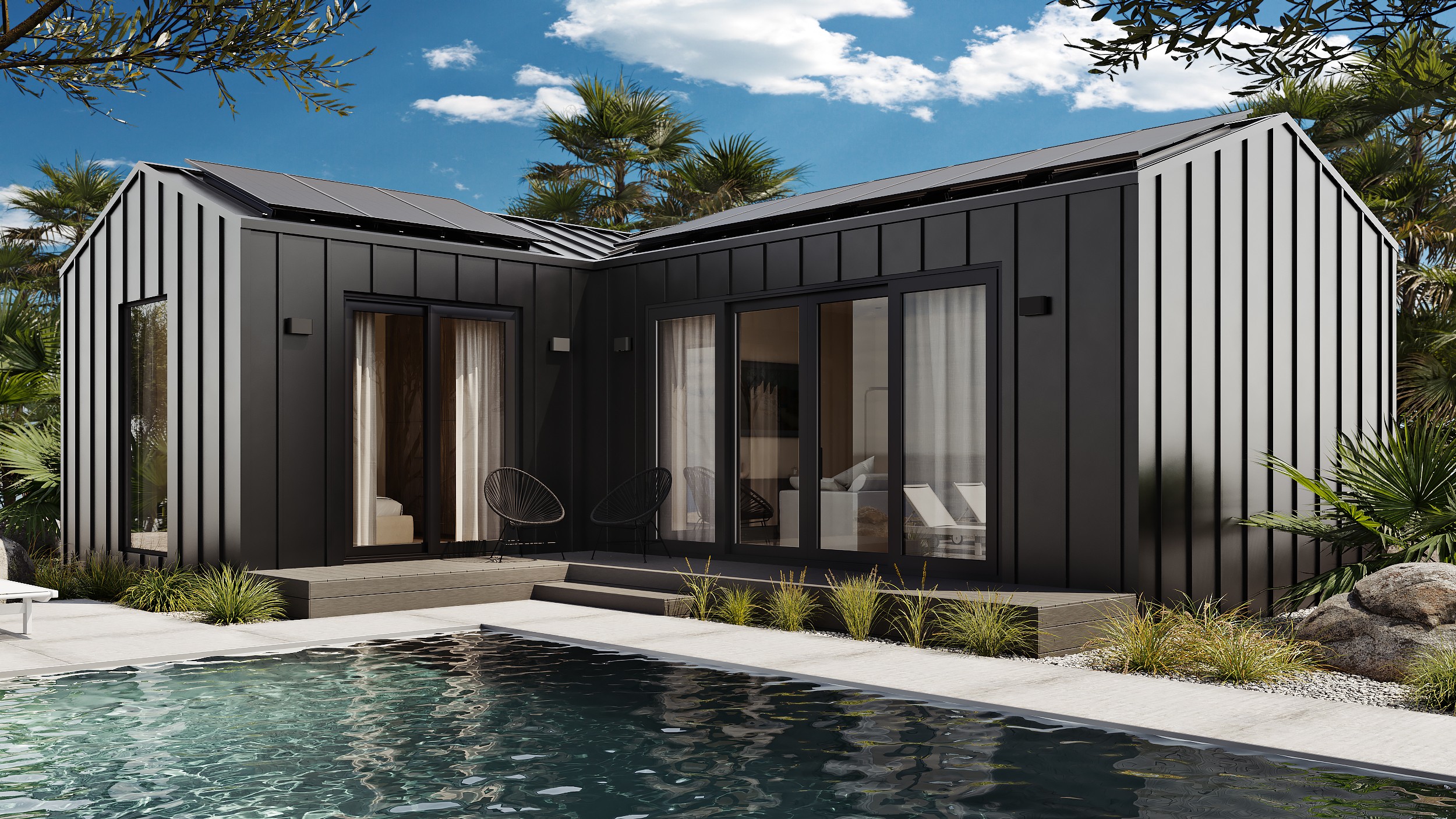Screw it, let’s build a better foundation
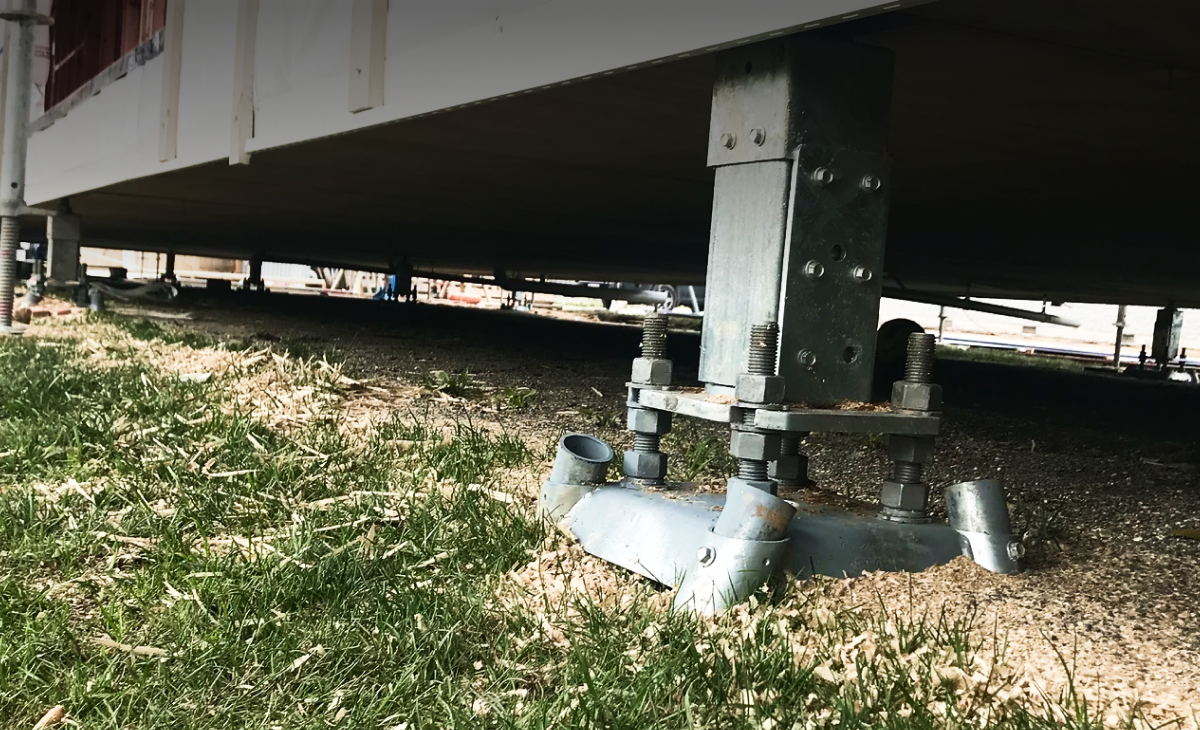
In homebuilding, you know that it’s possible to screw up the foundation. But did you know you could screw in the foundation, too?
Homebuilders have a few options for foundations. Concrete may be the most common type in U.S. residential housing, but it’s got some serious issues.
Just look at the production of cement. It’s a critical element of concrete which releases a ton of greenhouse gasses, making it one of the worst environmental offenders on the planet.
Who needs that kind of toxic relationship in their home?
What’s a screw pile?
But there’s another foundation type, one that’s been around since the middle of the 19th century. We’re talking screw pile foundations, which are sometimes referred to by a confusing slew of other names like screw anchors, screw piers, ground screws, helical piers, or helical piles.
Using various types of earthmoving equipment fitted with rotary hydraulic attachments, screw piles are wound into earth just like a screw into wood.
Made originally with cast or wrought iron, screw piles are now often made with steel or composite technology, which have some pretty big advantages in installed performance.
They were first used in the 1800s in the construction of a hundred lighthouses on the east coast. Some of them are still standing, 170 years later, screwed in tight against the harsh seacoast weather.
Since then, screw-pile usage has extended widely – into industries like rail or telecommunications that require fast installation, or where the construction takes place close to standing structures. And they’re now increasingly featured in residential construction.
Benefits of screw pile foundations
Here’s what screw piles offer:
No weather delays: Unlike concrete, screw-piles can be installed in all sorts of weather conditions without any risks to the quality of the foundation.
Rapid installation: How many laborers does it take to screw in a foundation? Not that many! In some cases, using handheld equipment, one laborer can install a screw in just a few minutes, no specialized skills required.
That means no heavy machinery, faster construction time, and lower costs (and a safer process for the crews, too).
Immediate load-carrying capability: Unlike concrete, which needs time to harden, screw piles can be loaded immediately after installation, further cutting down construction time.
Minimal site disturbance: Screwing the foundations into the ground reduces soil displacement. In traditional homebuilding, excess soil gets moved offsite, so screw piles cut both transportation costs and the project’s carbon footprint.
Good for high groundwater conditions: Screw-piles usually don’t need an excavation, so shallow groundwater conditions have little to no impact on their installation.
Nice range of soil and load applications: Screw-piles can be installed in a lot of different soil conditions, from very soft to very stiff clays, and from loose to dense sands, too.
Sustainable technology: Screw-pile manufacturers often use high-quality recycled steel in their fabrication, which saves natural resources and energy and cuts the carbon footprint. They can even be safely reused in new installations. Unlike concrete, it’s the foundation you wouldn’t be ashamed to introduce to your friends.
There are a few other benefits to screw-pile foundations but we don’t want to overwhelm you with glowing accolades.
Just know that the demand for sustainable and efficient construction practices is growing, so we expect to see a lot more screw-pile foundations supporting the housing of tomorrow.
Drawbacks to screw-pile foundations
Soil restrictions: Screw piles aren’t a great option for rock, gravel, or other soil types containing large rock obstructions. They’re best used in soils with a maximum grain size of less than 60 percent of the screw piles’ pitch.
Equipment restrictions: Depending on the site and project, a hand-held pile driver may be required to install the screws, though this equipment is relatively easy to find for most contractors.
Build on a better foundation
Momo Homes uses the Surefoot system, a next-generation screw-pile foundation. (There’s no actual screwing-in involved.) Nicknamed the “metal tree root,” Surefoot spreads its footing over a greater surface area than the typical screw, achieving larger load capacities faster and more cost-effectively.
Winner of an Edison Award for its design and sustainable technology, the concrete-free Surefoot foundation first conquered the demanding conditions of the Australian construction industry, and are set to do the same here in the U.S.
Screw the hassles of toxic concrete. Let’s build something better.
Cheers,
Mike
Mike McAllister is head of story for Momo Homes.
Track the global transition to sustainable homebuilding.
Subscribe to the Momo Focus newsletter.
